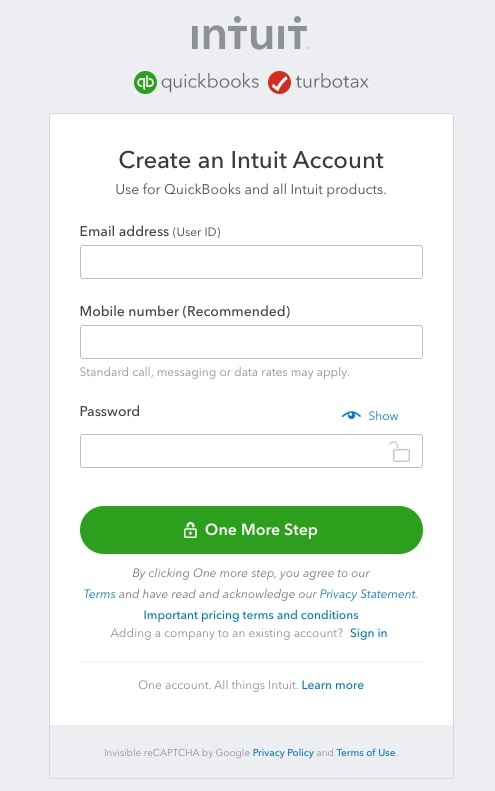Turn on suggestions
Auto-suggest helps you quickly narrow down your search results by suggesting possible matches as you type.
Showing results for
Hi
A lot of my customers deduct expenses from their payments to me. I can easily account for these deductions in my invoices or from sales receipts but when I prepare my VAT returns, the VAT 100 report allocates these deductions to my Output tax section and not the Input Tax section. How do I resolve this anomaly.
Many thanks
Ian
Thank you for posting about how your VAT is reported, Ian. Let me help you about it.
Input VAT is drawn from your cost transactions, while Output VAT is taken from your sales transactions. This is why your VAT on invoices and sales receipts is reported as an output VAT.
By the way, the product tag in your question is QuickBooks Desktop. I think you know it's no longer supported, so let me introduce our QuickBooks Online products in case you want to switch. You can contact our QBO Support about moving your data.
Let me know if you have other questions about your VAT.
Thank you Jess T.
Is there anyway of categorising these transactions differently so that the Output reports stay clear of input activity.
Thanks for the note about "Online", I already run two companies online and will move others over in due course.
Cheers
Thanks for getting back, Ian.
My colleague is correct regarding the definition he added about Input and Output VAT. Since you deducted the expenses directly from your sales receipts or invoices, this has been added to your Output VAT which is a VAT taken from your sales transactions.
To correct these taxes, I’d recommend utilizing a Journal Entry (JE). This method will allow you to transfer money from one account to another. Here’s how:
I also added this article for more details: Create a journal entry in QuickBooks Desktop for Windows.
Furthermore, please consider checking with your accountant to guide you in choosing the correct accounts and ensure your book stays accurate.
If you have any other follow-up questions about your taxes or reports, let me know by adding a comment below. I'm more than happy to help. Keep safe!
Hi @Ian Harvey
If you are receiving Self-Bills, the best way is to replicate these as Invoices (or Sale Receipts) in QBO. No need to actually send them. This will ensure that the VAT Returns have the correct figures in the correct places.
Offset the payments as a Contra either by way of a dummy bank account or a Journal (there are several threads on here showing how to do that).
Hope this helps.

You have clicked a link to a site outside of the QuickBooks or ProFile Communities. By clicking "Continue", you will leave the community and be taken to that site instead.
